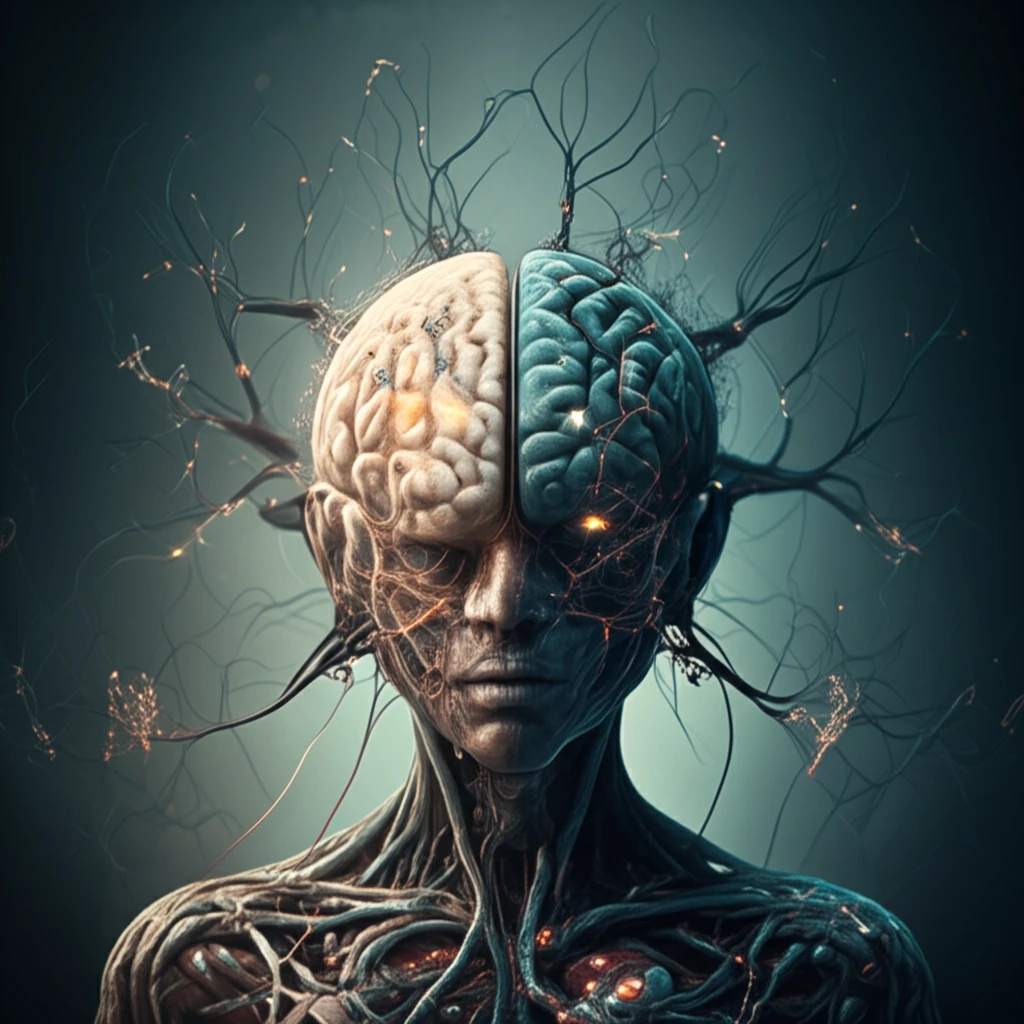
Deep Brain Stimulation: Hope for Treatment-Resistant Depression and OCD?
"Exploring the latest research, benefits, and risks of deep brain stimulation (DBS) for those who haven't found relief through traditional treatments."
For individuals grappling with severe depression or obsessive-compulsive disorder (OCD) that resists conventional treatments such as medication and therapy, hope can feel distant. However, innovative approaches like deep brain stimulation (DBS) are emerging as potential game-changers. This article examines the role of DBS in treating these challenging conditions, offering insights into the procedure, its effectiveness, and the latest research findings.
Deep brain stimulation involves implanting electrodes deep within the brain to modulate neural activity. While it's not a first-line treatment, DBS has shown promise for those with treatment-resistant depression and OCD, offering a chance at improved quality of life when other options have been exhausted.
This article will guide you through the science of DBS, its application in treating depression and OCD, potential benefits, and associated risks. By exploring current research and expert opinions, we aim to provide a comprehensive understanding of whether DBS could be a viable option for those seeking relief from these debilitating conditions.
What is Deep Brain Stimulation and How Does It Work?

Deep brain stimulation (DBS) is a neurosurgical procedure that involves implanting electrodes in specific areas of the brain. These electrodes deliver controlled electrical impulses, modulating the activity of targeted neural circuits. The goal is to disrupt abnormal brain activity patterns associated with depression and OCD, helping to alleviate symptoms.
- Mechanism of Action: DBS influences neural circuits by generating an electrical field that alters neuronal firing patterns.
- Target Areas: For depression, common target areas include the subcallosal cingulate gyrus (SCG), ventral capsule/ventral striatum (VC/VS), and nucleus accumbens (NAC). For OCD, the VC/VS is frequently targeted.
- Procedure: The procedure involves stereotactic surgery, using brain imaging to guide electrode placement. Neurostimulators are typically implanted in the chest and connected to the electrodes via extension wires.
- Customization: Stimulation parameters, such as voltage, pulse width, and frequency, are adjusted to optimize therapeutic effects and minimize side effects.
Is Deep Brain Stimulation Right for You?
Deep brain stimulation is a promising but complex treatment option. If you are struggling with treatment-resistant depression or OCD, discuss DBS with your psychiatrist and a qualified neurosurgeon. They can help you determine if you are a suitable candidate and weigh the potential benefits against the risks. This article is for informational purposes only and does not constitute medical advice.
